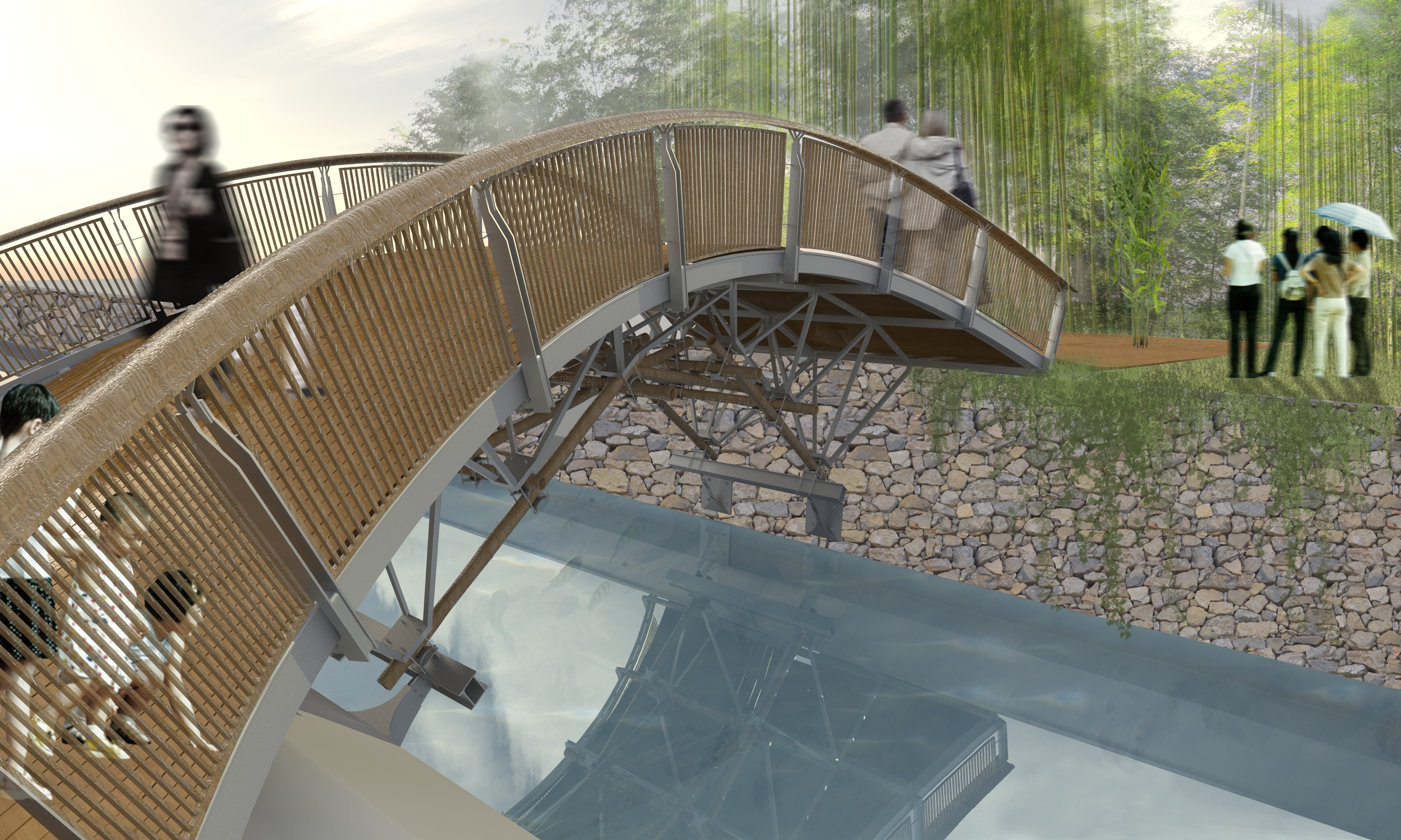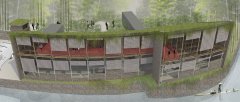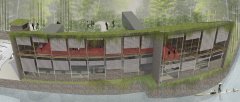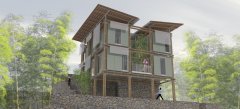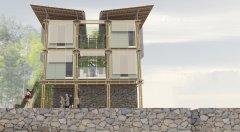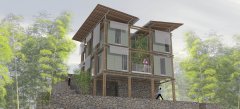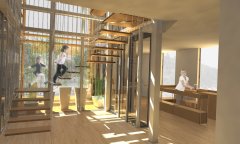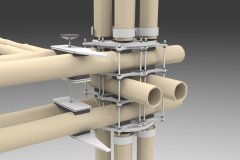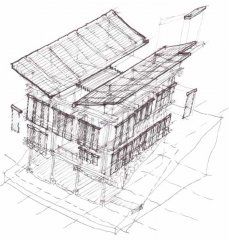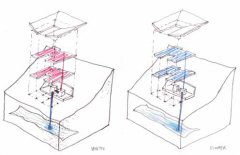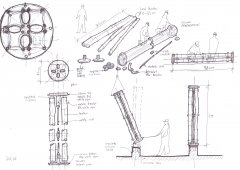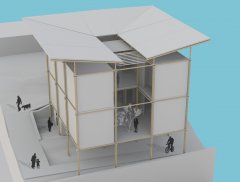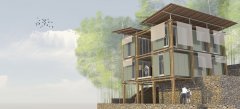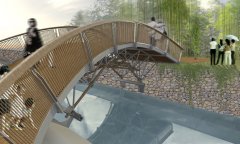| |
|
|
|
|
|
|
https://www.archdaily.com/868926/energy-efficient-bamboo-house-studio-cardenas-conscious-design
|
YEAR |
CLIENT |
|
LOCATION |
PROJECT TEAM |
lib
01_CG modeling_Bridge.jpg
http://studiocardenas.mvcomunicazione.eu/images/PROJECTS/NuoviProgetti/lib/01_CG modeling_Bridge.jpg
02_CG-modeling_trip-passerella-rossa1.jpg
02_CG modeling_trip passerella rossa.jpg
03_CG modeling_House low res.jpg
02_CG modeling_House.jpg
http://studio-cardenas.mvcomunicazione.eu/images/PROJECTS/NuoviProgetti/lib/02_CG modeling_House.jpg
03_CG modeling_House.jpg
http://studio-cardenas.mvcomunicazione.eu/images/PROJECTS/NuoviProgetti/lib/03_CG modeling_House.jpg
04_CG modeling_House.jpg
http://studio-cardenas.mvcomunicazione.eu/images/PROJECTS/NuoviProgetti/lib/04_CG modeling_House.jpg
05_CG modeling_House.jpg
http://studio-cardenas.mvcomunicazione.eu/images/PROJECTS/NuoviProgetti/lib/05_CG modeling_House.jpg
06_CG modeling_House.jpg
http://studio-cardenas.mvcomunicazione.eu/images/PROJECTS/NuoviProgetti/lib/06_CG modeling_House.jpg
bridge modello.JPG
http://studio-cardenas.mvcomunicazione.eu/images/PROJECTS/NuoviProgetti/lib/bridge modello.JPG
esploso dettaglio house.jpg
H08-4.JPG
http://studio-cardenas.mvcomunicazione.eu/images/PROJECTS/NuoviProgetti/lib/H08-4.JPG
LIB_REPORT 1.jpg
http://studio-cardenas.mvcomunicazione.eu/images/PROJECTS/NuoviProgetti/lib/LIB_REPORT 1.jpg
LIB_REPORT 2.jpg
http://studio-cardenas.mvcomunicazione.eu/images/PROJECTS/NuoviProgetti/lib/LIB_REPORT 2.jpg
montaggio cantiere house.jpg
render1.JPG
http://studio-cardenas.mvcomunicazione.eu/images/PROJECTS/NuoviProgetti/lib/render1.JPG
render casa con bamboo.JPG
01_CG modeling_House.jpg
http://studio-cardenas.mvcomunicazione.eu/images/PROJECTS/NuoviProgetti/lib/01_CG modeling_House.jpg
01_CG-modeling_Bridge1.jpg
TRIP HAMMER LIFE MUSEUM
Main concern for us is to protect all the existing parts of the Water Power of Trip-Hammer for mixing Pottery Clay so that the traditional clay production factory keeps working as it is today. Our idea is to create a “life museum”, a place where visitors can experience the making of the clay from which famous Longquan Celadon Ceramics is made from.
The project regards a structure to protect the historic clay factory in all its parts and to allow the clay making process to continue without interferences. For this we propose two separate paths: one for the workers on the ground level and a separate path for the visitors at the street level.
The structure of the new Trip-Hammer building is inspired in traditional Longquan wood structures as we admired during the visit to the Celadon Museum. We will follow the same scheme of the traditional structures but will use bamboo instead of wood and will seek sustainability by creating a structure that will investigate the following:
- Design dry-mounted connections not to weaken bamboo through perforation or fill it in, and also to allow the replacement of bamboo poles if needed.
- Design steel connections easy to assemble in order that the construction can be done by local workers.
- Apply a precise geometry to achieve standardization of the pieces and best quality control.
- Combine bamboo (vegetable steel) and steel to create an industrialized construction system.
ECO BAMBOO TECHNIQUE HOUSE
The landscape of this area will be developed in cooperation with Yang Xu, LIB Masterplan Architect, and with our project neighbours Architect Madhura and Architect Simon Velez.
Our proposal is to maximize environmental protection and natural ecological development through the use of the natural elements available at Baoxi area, such as sun, water, plants, wind and natural materials to achieve a high standard innovative house for the Chinese context.
The topics that we are considering for the design of the Eco Bamboo House are the following:
-Bamboo, is a very special natural element present in Baoxi area which we will use as structure for the house as well as for the interiors.
Ground water cooling, underground water is an interesting natural resource available on site.
-Use underground water in a very simple manner to create a cooling system and also use for toilets where non-drinking water is acceptable.
-Feng shui, to learn and apply the most significant concepts of this antique Chinese tradition to the house design.
-Modularity and Industrialization, to create modular elements with the scope of creating an innovative industrialized bamboo construction system.
Based on our experience we are willing to achieve sustainability by:
- Designing dry-mounted connections not to weaken bamboo through perforation or fill it in, and to allow the replacement of bamboo poles if needed.
- Designing steel connections easy to assemble in order that the construction can be done by local workers. Using same length of bamboo poles to achieve standardization and best quality control Combining bamboo (vegetable steel) and steel to create an industrialized construction system
- Applying a precise geometry to achieve standardization of the pieces and best quality control
BAMBOO BRIDGE
Our idea for the bridge is inspired in a Leonardo Da Vinci’s sketch from about 1485-1488 regarding a self-supporting bridge which wooden structure is assembled without fixings but just by overlapping elements.
Our tasks are to:
- Design dry-mounted connections not to weaken bamboo through perforation or fill it in, and also to allow the replacement of bamboo poles if needed.
- Design steel connections easy to assemble in order that the construction can be done by local workers. Use same length of bamboo poles to achieve standardization and best quality control.
- Apply a precise geometry to achieve standardization of the pieces and best quality control.
- Combine bamboo (vegetable steel) and steel to create an industrialized construction system.

